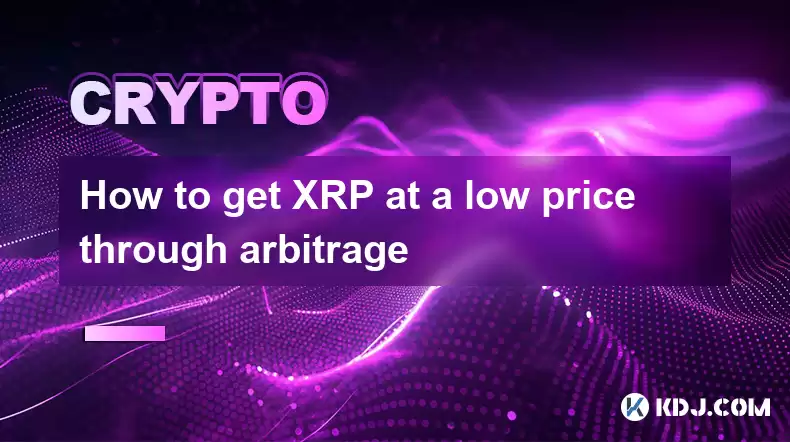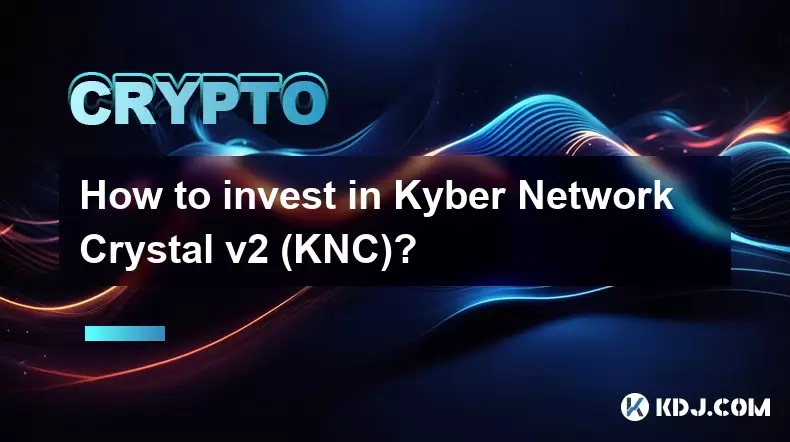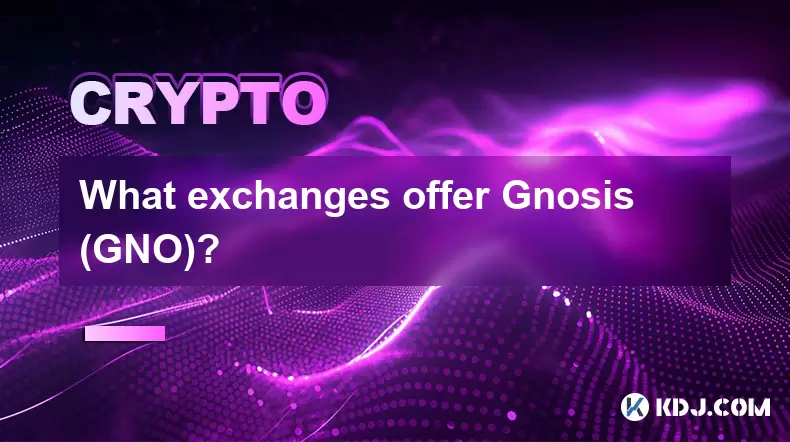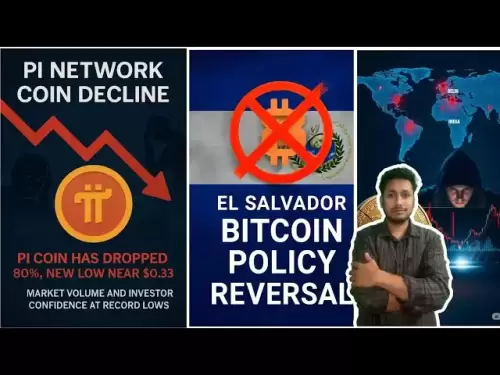-
 Bitcoin
Bitcoin $119000
-2.21% -
 Ethereum
Ethereum $4315
1.01% -
 XRP
XRP $3.151
-3.11% -
 Tether USDt
Tether USDt $0.0000
0.00% -
 BNB
BNB $808.5
-0.71% -
 Solana
Solana $175.8
-4.21% -
 USDC
USDC $0.9999
0.00% -
 Dogecoin
Dogecoin $0.2250
-3.92% -
 TRON
TRON $0.3469
1.77% -
 Cardano
Cardano $0.7818
-3.81% -
 Chainlink
Chainlink $21.47
-2.10% -
 Hyperliquid
Hyperliquid $43.30
-6.81% -
 Stellar
Stellar $0.4370
-2.84% -
 Sui
Sui $3.682
-4.40% -
 Bitcoin Cash
Bitcoin Cash $590.8
2.67% -
 Hedera
Hedera $0.2484
-5.20% -
 Ethena USDe
Ethena USDe $1.001
0.00% -
 Avalanche
Avalanche $23.10
-4.29% -
 Litecoin
Litecoin $119.2
-3.96% -
 Toncoin
Toncoin $3.409
0.90% -
 UNUS SED LEO
UNUS SED LEO $9.016
-1.29% -
 Shiba Inu
Shiba Inu $0.00001304
-3.82% -
 Uniswap
Uniswap $11.18
1.33% -
 Polkadot
Polkadot $3.913
-3.51% -
 Cronos
Cronos $0.1672
-3.08% -
 Dai
Dai $1.000
0.02% -
 Ethena
Ethena $0.7899
-4.70% -
 Bitget Token
Bitget Token $4.400
-1.23% -
 Pepe
Pepe $0.00001132
-5.93% -
 Monero
Monero $257.9
-6.44%
How to get XRP at a low price through arbitrage
Exploit XRP price differences across exchanges by buying low and selling high, but beware of fees, network congestion, and sudden price swings that can erode profits.
Mar 29, 2025 at 02:01 pm

Understanding XRP Arbitrage Opportunities
Arbitrage, in the context of cryptocurrency, involves exploiting price discrepancies of the same asset across different exchanges. This means buying XRP on one exchange where it's cheaper and simultaneously selling it on another where it's more expensive, profiting from the price difference. The key is speed and efficiency, as these price discrepancies are often short-lived. Factors influencing XRP price variations include trading volume, liquidity, and regulatory news affecting specific exchanges. Successfully navigating this requires a keen understanding of market dynamics and access to multiple exchanges.
Identifying Potential Arbitrage Opportunities
Finding arbitrage opportunities requires constant monitoring of XRP prices across various exchanges. Several tools and websites provide real-time price data, but you must independently verify their accuracy. Manually checking multiple exchanges is time-consuming but offers a deeper understanding of market nuances. Automated trading bots can also identify and execute arbitrage trades, but they come with their own set of risks and costs. Remember, even small price differences can add up with sufficient volume.
Choosing the Right Cryptocurrency Exchanges
Selecting reliable and reputable exchanges is crucial for successful XRP arbitrage. Factors to consider include exchange fees, trading volume, liquidity, security measures, and withdrawal options. High trading volume and liquidity are essential for executing large trades quickly without significantly impacting the price. Security is paramount to protect your XRP investments from hacking or theft. Finally, ensure the exchange supports seamless deposits and withdrawals to maximize efficiency.
Steps to Execute XRP Arbitrage
Step 1: Identify the Price Discrepancy: Use price comparison tools or manually check multiple exchanges to find a significant price difference for XRP.
Step 2: Assess Transaction Costs: Calculate the total fees involved, including trading fees, network fees (for XRP transactions), and potential withdrawal fees on both exchanges. Ensure the profit margin outweighs these costs.
Step 3: Execute the Trade: Simultaneously place buy and sell orders on the respective exchanges. Speed is critical here to capitalize on the price difference before it disappears.
Step 4: Monitor and Manage Risk: Continuously monitor the price movements and adjust your strategy accordingly. Set stop-loss orders to limit potential losses if the market moves against you.
Step 5: Withdraw Your Profits: Once the arbitrage trade is complete, withdraw your profits from the exchange.
Advanced Strategies and Considerations
Arbitrage isn't without its challenges. Network congestion can delay transactions, potentially eroding profits or even leading to losses. Exchange downtime can also disrupt your trading strategy. Sophisticated arbitrage traders often employ advanced techniques, including using multiple exchanges and leveraging margin trading (though this significantly increases risk). Understanding technical analysis can help predict short-term price fluctuations, improving the success rate of arbitrage.
Risk Management in XRP Arbitrage
Arbitrage, while potentially profitable, is inherently risky. Sudden price swings can wipe out profits, and even lead to losses if not managed effectively. Diversifying your portfolio and only investing what you can afford to lose is crucial. Always be aware of the risks involved in cryptocurrency trading, including market volatility, exchange security breaches, and regulatory changes.
Understanding Liquidity and Volume
High liquidity and volume are critical for successful arbitrage. High liquidity ensures you can buy and sell XRP without significantly impacting the price. High volume indicates active trading, providing more opportunities for price discrepancies. Exchanges with low liquidity may have wider bid-ask spreads, reducing your profit margins. Therefore, focusing on exchanges with high liquidity and volume is paramount.
The Role of Trading Fees and Network Fees
Trading fees and network fees (transaction fees on the XRP Ledger) directly impact your profit margin. High fees can eat into your profits, potentially turning a profitable arbitrage opportunity into a loss. Carefully compare the fee structures of different exchanges and factor them into your calculations before executing any trade. Minimizing these fees is crucial for maximizing profitability.
Technological Tools for Arbitrage
Several technological tools can assist in XRP arbitrage. These include automated trading bots, real-time price comparison websites, and market data APIs. Automated bots can execute trades much faster than humans, increasing the chances of capitalizing on fleeting price discrepancies. However, they also carry inherent risks, including malfunctions and security vulnerabilities. Thoroughly research and understand any tool before using it.
Legal and Regulatory Considerations
The legal and regulatory landscape surrounding cryptocurrency arbitrage is constantly evolving. Ensure you comply with all applicable laws and regulations in your jurisdiction. Different countries have varying regulations regarding cryptocurrency trading and taxation. Understanding these regulations is crucial to avoid legal complications.
Frequently Asked Questions
Q: Is XRP arbitrage legal?
A: The legality of cryptocurrency arbitrage depends on your jurisdiction. Generally, it's legal as long as you comply with all applicable tax and financial regulations.
Q: How much can I earn from XRP arbitrage?
A: Profitability varies greatly depending on the price difference, trading volume, and transaction costs. Small price discrepancies can still yield profits with high trading volumes.
Q: What are the risks of XRP arbitrage?
A: Risks include sudden price swings, exchange downtime, security breaches, network congestion, and regulatory changes. Proper risk management is crucial.
Q: Do I need special software for XRP arbitrage?
A: While not strictly necessary, specialized software like trading bots can automate the process and improve efficiency. However, manual execution is also possible.
Q: How can I minimize risks in XRP arbitrage?
A: Diversify your portfolio, use stop-loss orders, only invest what you can afford to lose, and thoroughly research exchanges and tools before using them.
Disclaimer:info@kdj.com
The information provided is not trading advice. kdj.com does not assume any responsibility for any investments made based on the information provided in this article. Cryptocurrencies are highly volatile and it is highly recommended that you invest with caution after thorough research!
If you believe that the content used on this website infringes your copyright, please contact us immediately (info@kdj.com) and we will delete it promptly.
- Circle Stock, Blockchain, and Strong Earnings: A Bullish Outlook
- 2025-08-12 22:30:12
- Nexchain, Crypto Presale, and Rankings: What's the Buzz?
- 2025-08-12 22:30:12
- Arc Blockchain: Circle's Layer-1 Play Amidst $428 Million Loss
- 2025-08-12 20:30:13
- XRP Price: Riding the Bull Cycle Wave or Hitting a Wall?
- 2025-08-12 20:50:12
- Cloud Mining in 2025: Chasing Passive Income and High Returns
- 2025-08-12 20:30:13
- XRP Price Forecast: Can XRP Hit $8, $12.60, or Even $100? Surge Drivers Analyzed
- 2025-08-12 21:10:13
Related knowledge

How to purchase Aragon (ANT)?
Aug 09,2025 at 11:56pm
Understanding Aragon (ANT) and Its PurposeAragon (ANT) is a decentralized governance token that powers the Aragon Network, a platform built on the Eth...

Where to trade Band Protocol (BAND)?
Aug 10,2025 at 11:36pm
Understanding the Role of Private Keys in Cryptocurrency WalletsIn the world of cryptocurrency, a private key is one of the most critical components o...

What is the most secure way to buy Ocean Protocol (OCEAN)?
Aug 10,2025 at 01:01pm
Understanding Ocean Protocol (OCEAN) and Its EcosystemOcean Protocol (OCEAN) is a decentralized data exchange platform built on blockchain technology,...

How to invest in Kyber Network Crystal v2 (KNC)?
Aug 12,2025 at 05:21pm
Understanding Kyber Network Crystal v2 (KNC)Kyber Network is a decentralized liquidity hub built on the Ethereum blockchain that enables instant token...

Where can I buy UMA (UMA)?
Aug 07,2025 at 06:42pm
Understanding UMA and Its Role in Decentralized FinanceUMA (Universal Market Access) is an Ethereum-based decentralized finance (DeFi) protocol design...

What exchanges offer Gnosis (GNO)?
Aug 12,2025 at 12:42pm
Overview of Gnosis (GNO) and Its Role in the Crypto EcosystemGnosis (GNO) is a decentralized prediction market platform built on the Ethereum blockcha...

How to purchase Aragon (ANT)?
Aug 09,2025 at 11:56pm
Understanding Aragon (ANT) and Its PurposeAragon (ANT) is a decentralized governance token that powers the Aragon Network, a platform built on the Eth...

Where to trade Band Protocol (BAND)?
Aug 10,2025 at 11:36pm
Understanding the Role of Private Keys in Cryptocurrency WalletsIn the world of cryptocurrency, a private key is one of the most critical components o...

What is the most secure way to buy Ocean Protocol (OCEAN)?
Aug 10,2025 at 01:01pm
Understanding Ocean Protocol (OCEAN) and Its EcosystemOcean Protocol (OCEAN) is a decentralized data exchange platform built on blockchain technology,...

How to invest in Kyber Network Crystal v2 (KNC)?
Aug 12,2025 at 05:21pm
Understanding Kyber Network Crystal v2 (KNC)Kyber Network is a decentralized liquidity hub built on the Ethereum blockchain that enables instant token...

Where can I buy UMA (UMA)?
Aug 07,2025 at 06:42pm
Understanding UMA and Its Role in Decentralized FinanceUMA (Universal Market Access) is an Ethereum-based decentralized finance (DeFi) protocol design...

What exchanges offer Gnosis (GNO)?
Aug 12,2025 at 12:42pm
Overview of Gnosis (GNO) and Its Role in the Crypto EcosystemGnosis (GNO) is a decentralized prediction market platform built on the Ethereum blockcha...
See all articles

























































































